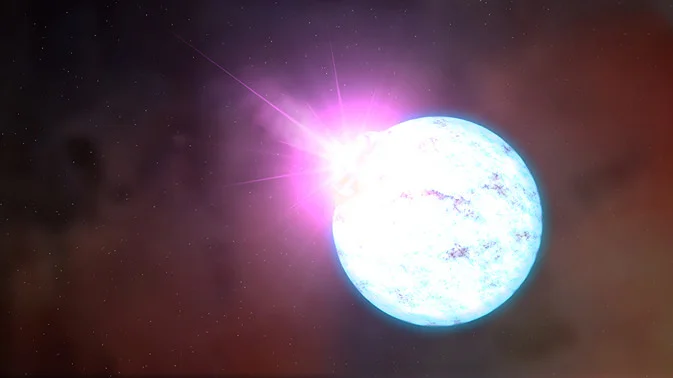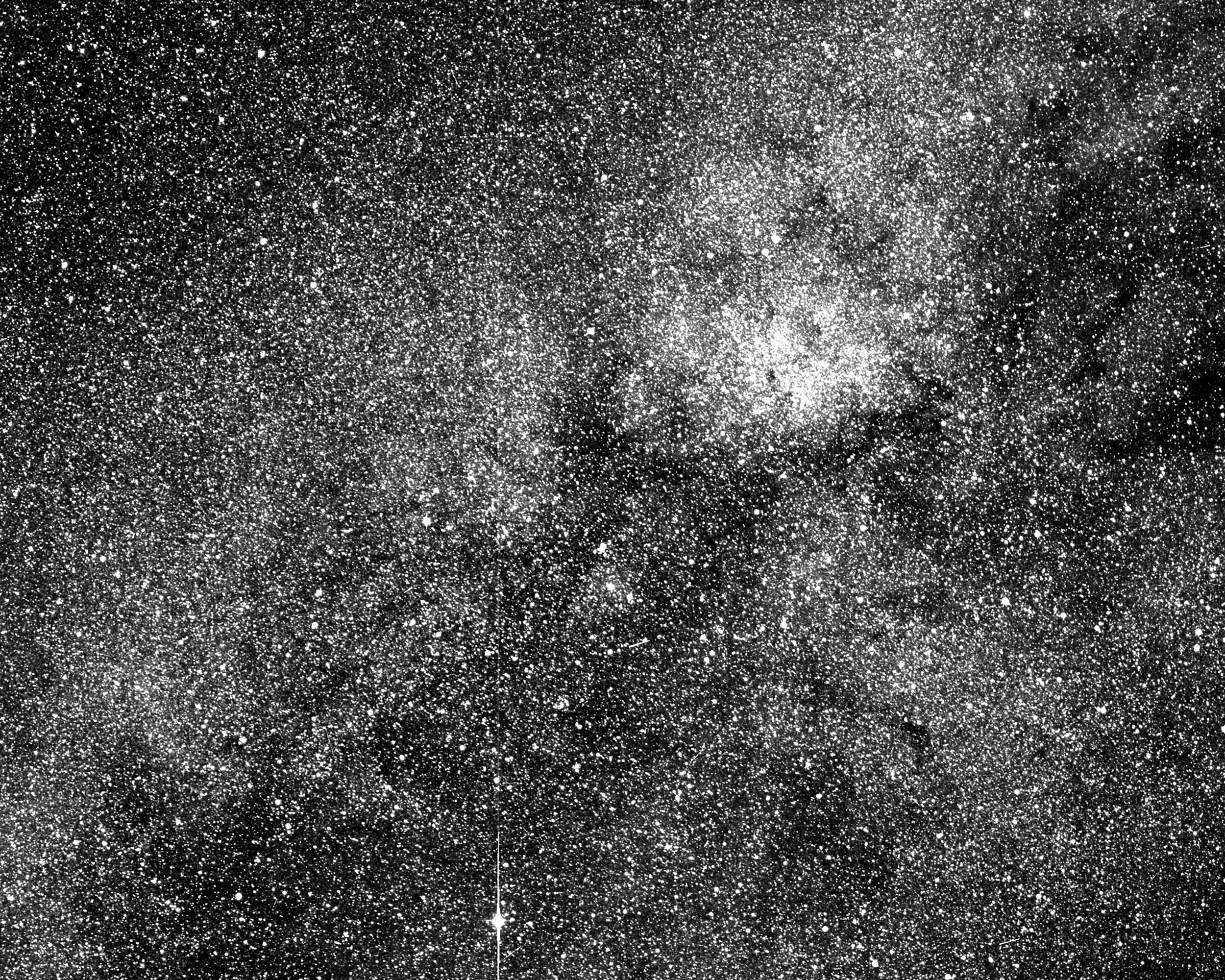It was to a great fanfare of publicity that researchers announced they had found evidence for past life on Mars in 1996. What they claimed they had discovered was a fossilized micro-organism in a Martian meteorite, which they argued was evidence that there has once been life on the Red Planet. Sadly, most scientists dismissed this claim in the decade that followed – finding other explanations for the rock’s formation.
Juno Solves 39-Year Old Mystery of Jupiter Lightning
Ever since NASA’s Voyager 1 spacecraft flew past Jupiter in March, 1979, scientists have wondered about the origin of Jupiter’s lightning. That encounter confirmed the existence of Jovian lightning, which had been theorized for centuries. But when the venerable explorer hurtled by, the data showed that the lightning-associated radio signals didn’t match the details of the radio signals produced by lightning here at Earth.
Are there enough chemicals on icy worlds to support life?
For decades, scientists have believed that there could be life beneath the icy surface of Jupiter’s moon Europa. Since that time, multiple lines of evidence have emerged that suggest that it is not alone. Indeed, within the Solar System, there are many “ocean worlds” that could potentially host life, including Ceres, Ganymede, Enceladus, Titan, Dione, Triton, and maybe even Pluto.
ALMA and VLT Find Too Many Massive Stars in Starburst Galaxies, Near and Far
Astronomers using ALMA and the VLT have discovered that both starburst galaxies in the early Universe and a star-forming region in a nearby galaxy contain a much higher proportion of massive stars than is found in more peaceful galaxies. These findings challenge current ideas about how galaxies evolved, changing our understanding of cosmic star-formation history and the build up of chemical elements.
Breathtaking: Sharpest image ever of the Tarantula Nebula and its rich surroundings
Glowing brightly about 160 000 light-years away, the Tarantula Nebula is the most spectacular feature of the Large Magellanic Cloud, a satellite galaxy to our Milky Way. The VLT Survey Telescope at ESO’s Paranal Observatory in Chile has imaged this region and its rich surroundings in exquisite detail. It reveals a cosmic landscape of star clusters, glowing gas clouds and the scattered remains of supernova explosions. This is the sharpest image ever of this entire field.
Pluto is what you get when a billion comets smash together
Pluto has been the focus of a lot of attention for more than a decade now. This began shortly after the discovery of Eris in the Kuiper Belt, one of many Kuiper Belt Objects (KBOs) that led to the “Great Planetary Debate” and the 2006 IAU Resolution. Interest in Pluto also increased considerably thanks to the New Horizons mission, which conducted the first flyby of this “dwarf planet” in July of 2015.
NASA Selects Mission to Study Solar Wind Boundary of Outer Solar System
Dawn Mission: New Orbit, New Opportunities
Astronomers Spot a Distant and Lonely Neutron Star
NASA Dives Deep into the Search for Life
How we discovered 840 minor planets beyond Neptune – and what they can tell us
Our solar system is a tiny but wonderfully familiar corner of the vast, dark universe – we have even been able to land spacecraft on our celestial neighbours. Yet its outer reaches are still remarkably unmapped. Now we have discovered 840 small worlds in the distant and hard-to-explore region beyond Neptune. This is the largest set of discoveries ever made, increasing the number of distant objects with well known paths around the sun by 50%.
InSight Steers Toward Mars
The Ant Nebula actually has intense laser emissions coming from its core
When low- to middleweight stars like our Sun approach the end of their life cycles they eventually cast off their outer layers, leaving behind a dense, white dwarf star. These outer layers became a massive cloud of dust and gas, which is characterized by bright colors and intricate patterns, known as a planetary nebula. Someday, our Sun will turn into such a nebula, one which could be viewed from light-years away.
Drilling Success: Curiosity is Collecting Mars Rocks
When did the lights first come on in the universe? A galaxy close to the dawn of time gives a clue
It is springtime in the Northern hemisphere. Countless buds that have been waiting patiently on the stems and branches of trees and shrubs are now blossoming into life. The cosmic equivalent of this season is the time between a few hundred million and a billion years after the Big Bang. This is when the first stars and galaxies ignited, spewing light into the dark universe.
Are mysterious fast radio bursts coming from the collapse of strange star crusts?
Fast Radio Bursts (FBRs) have fascinated astronomers ever since the first one was detected in 2007. This event was named the “Lorimer Burst” after it discoverer, Duncan Lorimer from West Virginia University. In radio astronomy, this phenomenon refers to transient radio pulses coming from distant cosmological sources, which typically last a few milliseconds on average.
NASA’s New Planet Hunter Snaps Initial Test Image, Swings by Moon Toward Final Orbit
NASA’s next planet hunter, the Transiting Exoplanet Survey Satellite (TESS), is one step closer to searching for new worlds after successfully completing a lunar flyby on May 17. The spacecraft passed about 5,000 miles from the Moon, which provided a gravity assist that helped TESS sail toward its final working orbit.

















